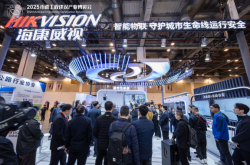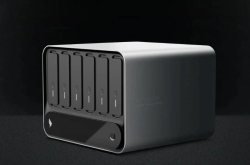Knocking down Model Y, Xiaomi YU7: It's my turn now
![]() 05/23 2025
05/23 2025
![]() 817
817
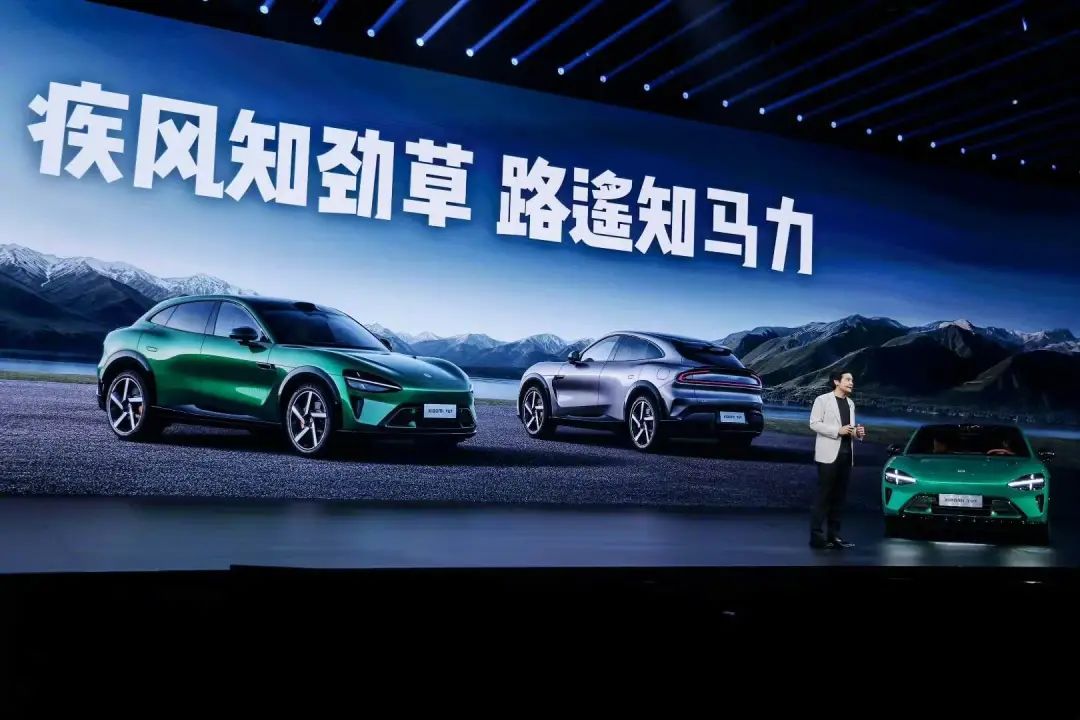
0-100km/h acceleration in 3.23 seconds
Author | Wang Lei
Editor | Qin Zhangyong
For many, the real blockbuster isn't Xiaomi SU7, but Xiaomi YU7.
Last night, Xiaomi YU7 made its official debut, carrying the expectations of many and attracting a large audience of onlookers.
To some extent, Xiaomi YU7 garnered even more attention than SU7. After all, Xiaomi was at the peak of its popularity at that time, and no one doubted Lei Jun's influential appeal.
At the YU7 launch event, Lei Jun's typical style was still evident. Every time a configuration or highlight was disclosed, it still elicited considerable cheers. Examples include the body design, endurance, and the unconventional Skyline Screen.
Even amidst public opinion, Xiaomi has become much more low-key, but this hasn't prevented Xiaomi YU7 from continuing to be a blockbuster.
Will this car sell better than Xiaomi SU7?
01
This time, it's a real air duct
During the 2-hour launch event, Lei Jun spent nearly 50 minutes on Xiaomi YU7. Although it was only a pre-launch, he covered most of the highlights of Xiaomi YU7.
YU7, built on the same "Modena" platform as SU7, has dimensions of 4999/1996/1608mm and a wheelbase of 3000mm, the same as SU7.
However, Lei Jun also emphasized that YU7 is definitely not a "stretched" version of SU7, but a newly designed model based on SU7. He also sang high praise for the appearance of Xiaomi YU7 – I believe Xiaomi YU7 is beautiful from every angle.
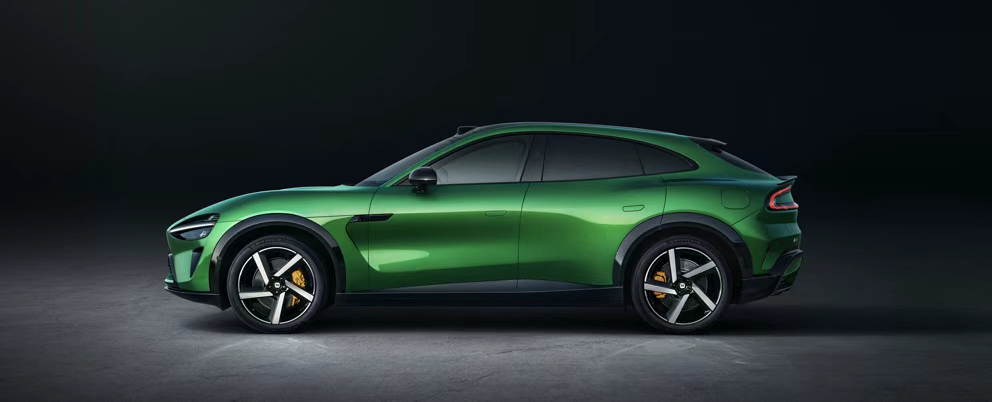
The reason for its good looks lies in its proportions: a wheelbase-to-height ratio of 3:1, a wheel height-to-width ratio of 2.1:1, a width-to-height ratio of 1.25:1, and a head-to-body ratio of 1:3. In Lei Jun's words, this is a "luxury design refined over a century of automotive history".
Lei Jun believes that with good proportions, the car looks good no matter what.
In fact, YU7 retains many design elements of Xiaomi SU7, such as the iconic "water droplet headlights" and the Saturn ring taillights, as well as similar front and rear bumpers.
However, compared to SU7, YU7 has many more design details, such as its wide-body design and up to 10 through air ducts.
The most eye-catching feature is the through air duct on the huge clamshell front hood. Unlike the fully enclosed design of the SU7 headlights, the upper part of the YU7 adopts a hollow design with embedded air ducts. Connected to this is an air outlet placed behind the front hood, forming an air bridge design. Yes, this time it's a real air duct.

In Lei Jun's words, this is a design found only on million-dollar luxury cars.
Indeed, this design is relatively common in supercars, mainly used to enhance downforce at the front of the vehicle. However, for YU7, an all-electric SUV, the air bridge design may serve another purpose – to guide airflow, reduce turbulence and vortex, thereby improving aerodynamic efficiency and optimizing energy consumption.
In addition, although the headlights of YU7 are "half missing", their functionality remains intact and has even been upgraded to 180-degree ultra-wide-angle lighting.
This air duct design features 10 sets and 19 air inlets on Xiaomi YU7 to manage airflow throughout the vehicle, resulting in over 40 aerodynamic optimizations. For example, the 100-position active air intake grille can intelligently open and close, reducing 18 Counts and increasing range by up to 14km. The rear spoiler reduces 10 Counts compared to conventional designs.
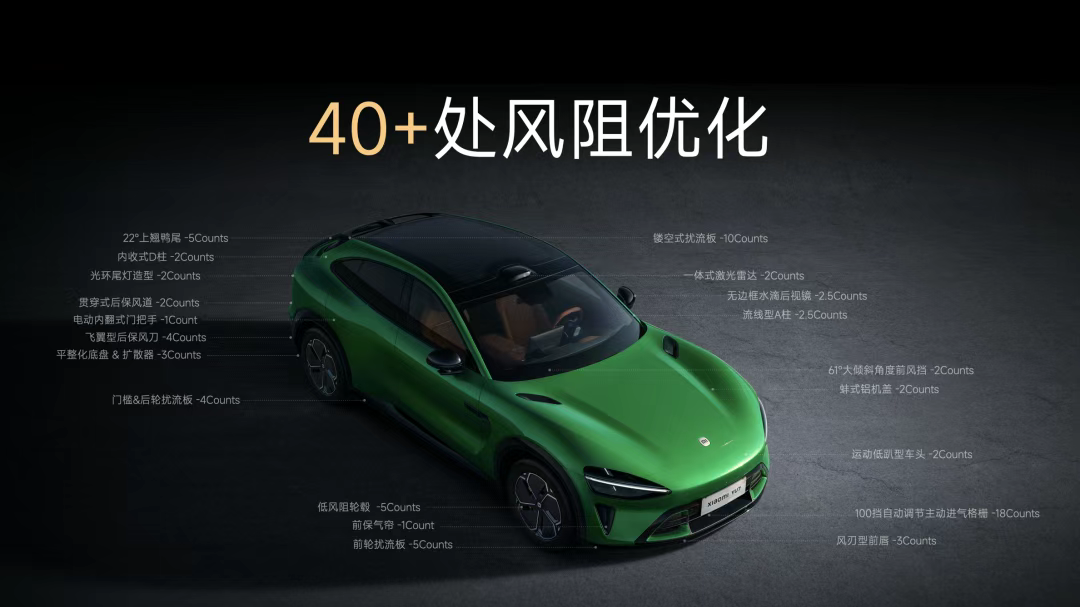
In summary, the vehicle's drag coefficient is only 0.245Cd, and the CLTC range has increased by 59km compared to before optimization.
Among SUV products, this data is quite impressive, paving the way for Lei Jun to announce the long range of Xiaomi YU7 next.
Moreover, to optimize the drag coefficient as much as possible, the semi-hidden door handles, which were a selling point of Xiaomi SU7, have disappeared on Xiaomi YU7, replaced by fully hidden door handles.
However, Lei Jun explained that these are actually "electric inward-flipping door handles" that automatically flip inward when the owner approaches the vehicle and close automatically when the door is shut.
02
Xiaomi is all about top-notch configurations
Opening the door handle and entering the cabin, one will see the most eye-catching feature of this launch event – Xiaomi's Skyline Screen panoramic display (Xiaomi HyperVision).
This is the first time such a feature has been seen in a domestic model. Some might think of the through-type dashboard screen on AITO 11, which, although similar in appearance, has substantial differences.
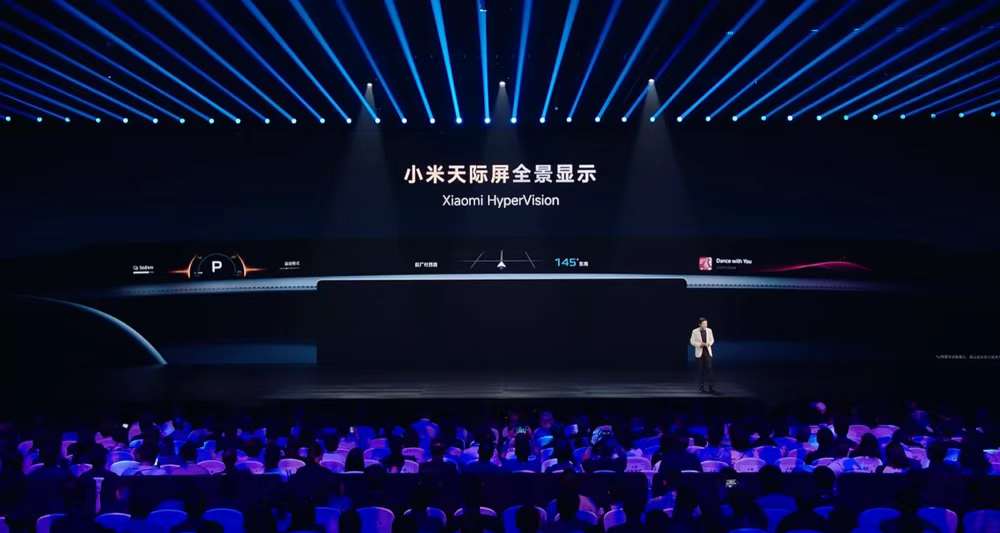
The one on AITO 11 is a display screen, while the one on Xiaomi YU7 is a "projection". Moreover, their positions are different. The former is located on the dashboard, while Xiaomi YU7's projection display is at the very bottom of the front windshield.
In simple terms, it uses three Mini LED screens along the lower edge of the front windshield, coupled with a panoramic curved projection device, to project driving information in the form of light bands to the far end of the driver's line of sight, reflecting in the black area at the bottom of the windshield.
The peak brightness of YU7's panoramic display reaches 1200 nits, with global 903-zone dimming control, embedded ultra-black display coating, and integrated distortion correction algorithms.
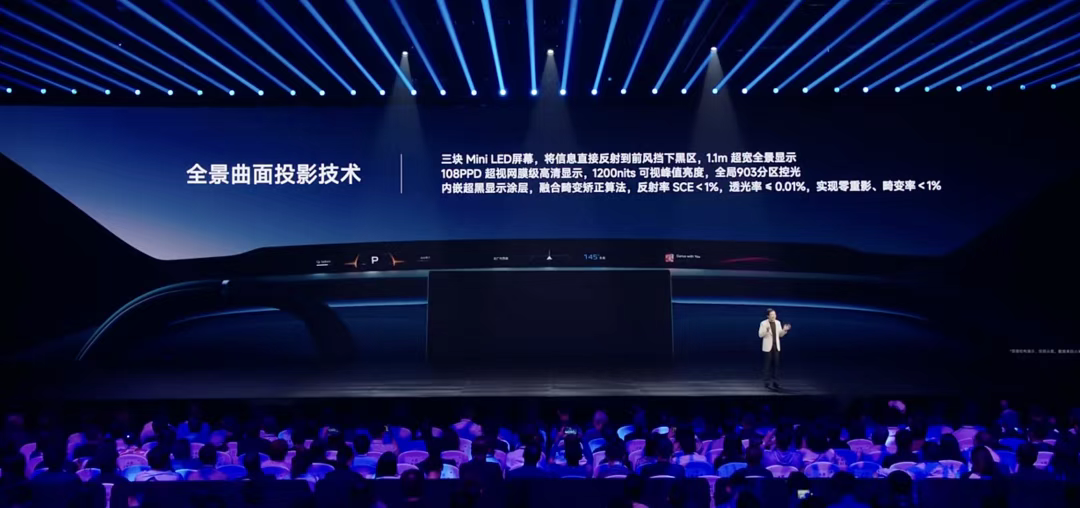
This design is somewhat similar to BMW's "Panorama Cockpit", but it adopts more cutting-edge PHUD imaging technology. By replacing the physical screen with virtual projection, it offers a stronger sense of immersion and supports split-screen display of navigation, vehicle status, and entertainment information.
The advantage of this approach is that it reduces the distance of visual shifting by 80%, enabling an "eyes on the road" interaction experience.
The screen is divided into three areas, and owners can freely choose the displayed information according to their needs, such as navigation information, SR road condition information, power, speed, time, songs, etc. It provides 5 types of information cards that can be freely combined.
However, it should be noted that the presence of a black area at the bottom of the front windshield may increase the blind spot in the front view. The actual experience will determine how this affects driving.
In addition, Xiaomi YU7 adds a 6.68-inch mobile control screen in the rear, allowing rear passengers to control the vehicle, navigate, and adjust music.

In terms of interior layout, Xiaomi YU7 becomes more streamlined. The 16.1-inch central control screen is placed in a thinner dashboard, coupled with a double-curved surrounding design. In Lei Jun's words, being in the YU7 cabin feels like being in an aircraft cabin.
It's worth mentioning that the cabin chip has been replaced from Qualcomm's 8295 chip to the Qualcomm Snapdragon 8 Gen 3 chip, which is usually found in mobile phones. Replacing an automotive chip with a mobile phone chip is quite rare in the automotive industry.
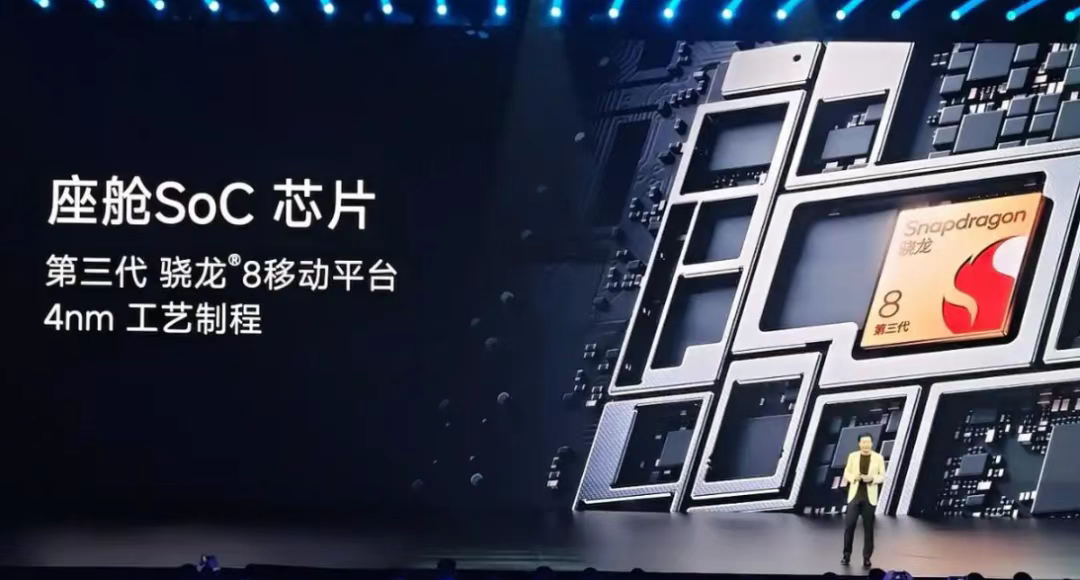
As we all know, chips used in mobile phones are superior to automotive chips in terms of smoothness, performance, and response speed. From this perspective, it's an enhancement. However, it's important to note that mobile phone chips and automotive-grade chips have different usage standards.
Automotive-grade chips often need to withstand more rigorous environments. They don't have to be top-performing but must provide stable performance. In this regard, automotive chips are significantly different. Whether the addition of a mobile phone chip is good or bad will only be known through user practice.
In terms of intelligent driving, Xiaomi YU7 is one of the first globally to be equipped with the most powerful NVIDIA DRIVE AGX Thor™ in-vehicle computing platform currently available, offering 700 TOPS of computing power as standard across all trim levels. It includes 1 lidar, 1 4D millimeter-wave radar, 11 high-definition cameras, and 12 ultrasonic radars.
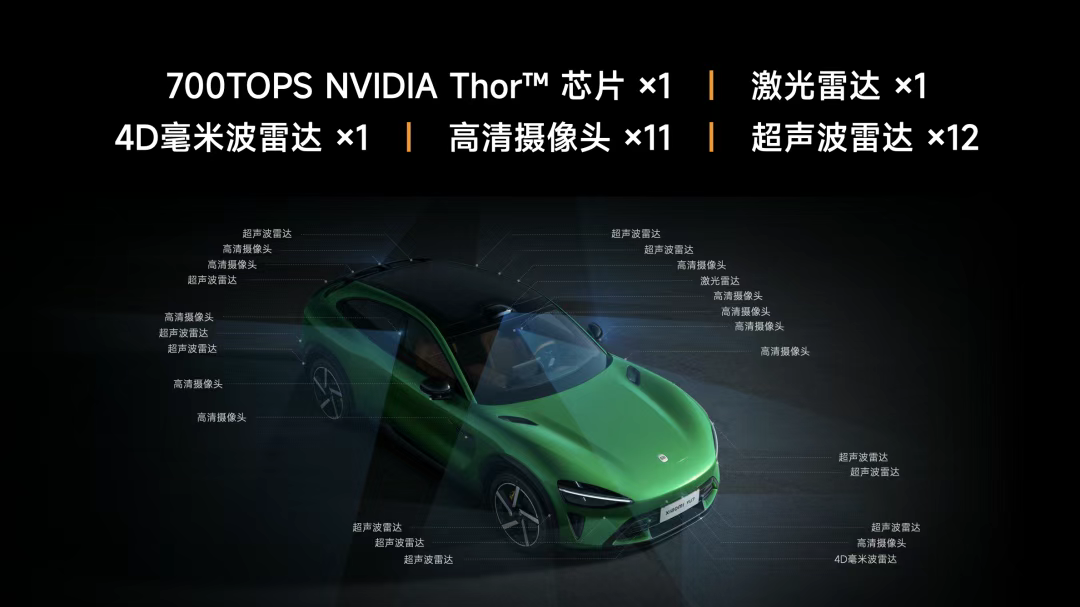
For areas of high-frequency contact, the interior achieves 100% soft-pack coverage. There are three color schemes available: light-colored Pine Lime, dark-colored Coral Orange, and Dusk Blue.
In terms of seating, Lei Jun revealed two major selling points at the launch event. One is the use of a 12-layer structure, making the seats thicker and softer. The other is the inclusion of trendy zero-gravity seats.
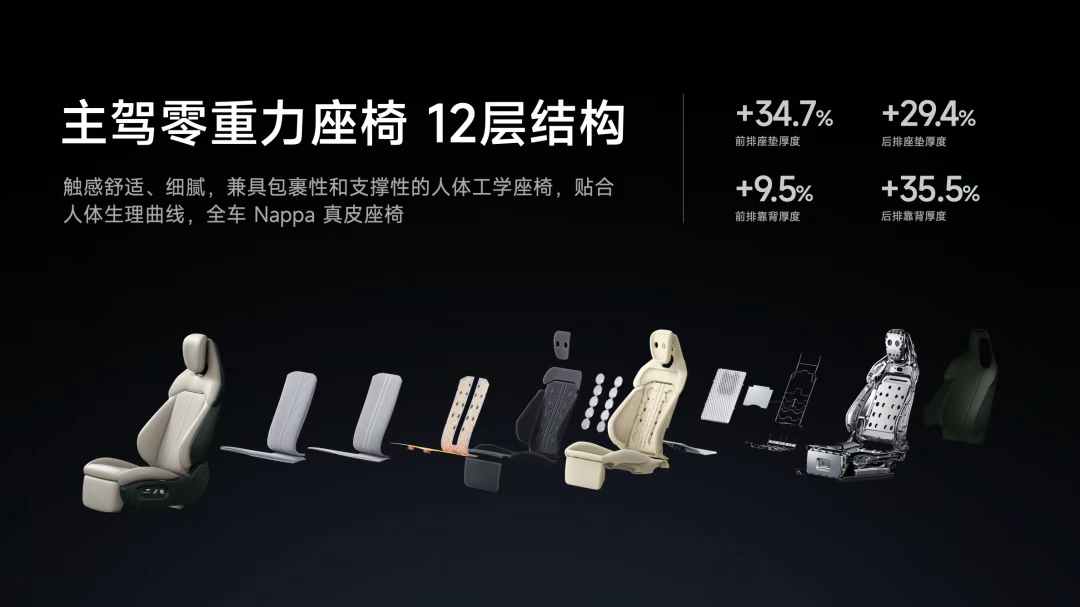
Not only are they available for the passenger seat, but also for the driver's seat. They support not only a 123° zero-gravity mode but also 10-point massage. This is quite different from most SUVs on the market. Lei Jun explained that this design allows the driver to rest and relax directly in the driver's seat.
Moving to the rear, the rear seat backrest angle supports electric stepless adjustment with a range of 35°, and the maximum backrest angle is 135°. Lei Jun emphasized the longitudinal and lateral rear space data. With an 188cm dummy model, the headroom is 77mm, and the rear knee space is 73mm.

In terms of storage, Xiaomi YU7 features a large 141L electric front trunk with electric opening and closing. With the rear seats folded down, the trunk capacity reaches 1758L, the passenger compartment storage capacity is 71L, and the total storage capacity of the entire vehicle can reach 1970L.
03
It's all about competing with Model Y
Finally, let's talk about the core three-electric performance of YU7.
Like Xiaomi SU7, YU7 is divided into three configurations based on power: the standard version features a single-motor rear-wheel drive, the Pro version is upgraded to a dual-motor all-wheel drive, and the Max version uses a high-performance all-wheel drive with the V6s PLUS motor.
This V6s PLUS motor, with a maximum power of 288kW, is an upgraded version of the V6s motor found in the SU7 MAX. Its maximum speed has increased by 1000rpm to 22000rpm, its peak torque has increased by 25N·m, and its peak power has increased by 13kW.

The Max version, with the strongest performance, has a combined power of 508kW (approximately 690 horsepower), a 0-100km/h acceleration time of 3.23 seconds, and a top speed of 253km/h.
Endurance is another highlight of Xiaomi YU7. The standard version uses a 96.3kWh lithium iron phosphate battery pack, providing a range of 835km, making it the longest-range mid-to-large-sized pure electric SUV (non-battery swap) on the market.
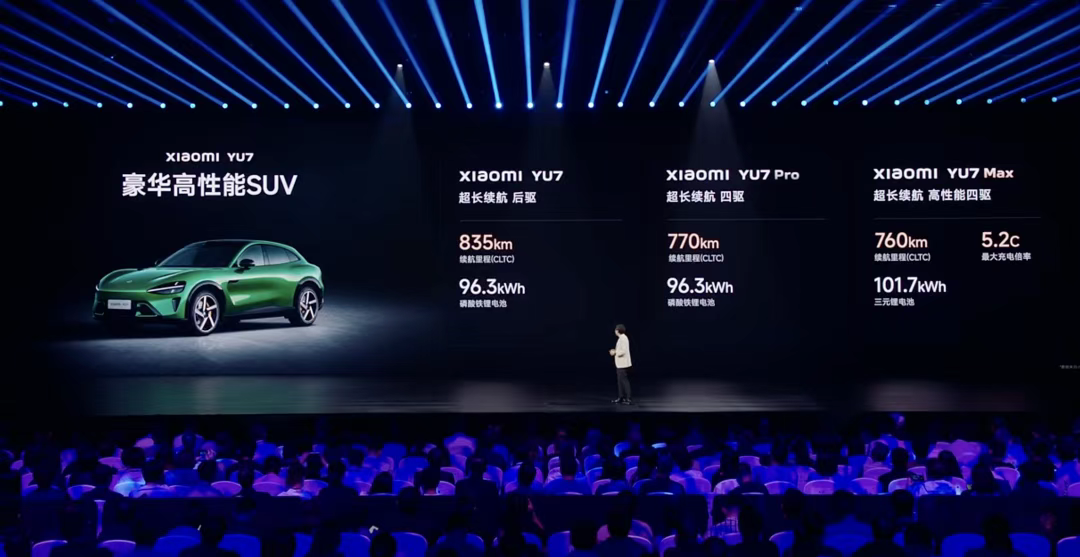
The Pro version has the same battery capacity but slightly lower endurance of 770km due to performance enhancements, but it is still the first in terms of endurance among all-wheel-drive pure electric SUVs.
As for the Max version, with the most powerful performance, it achieves a range of 760km when equipped with a 101kWh ternary lithium battery. Moreover, YU7 is equipped with a full-system 800V silicon carbide high-voltage platform. The Max version has a charging rate of 5.2C, enabling a maximum range increase of 620km in 15 minutes, and the fastest charging time from 10% to 80% is 12 minutes.
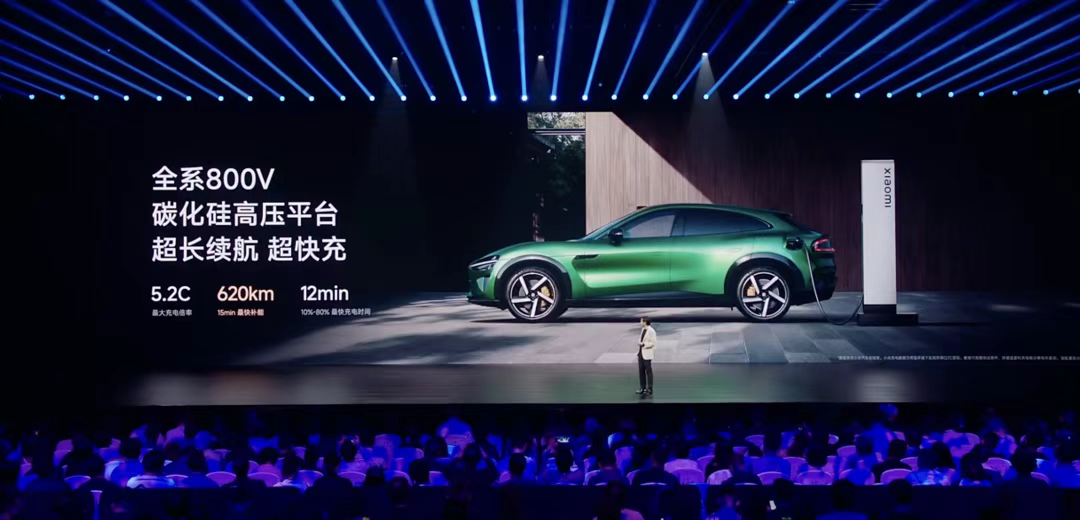
All models come standard with CCD adjustable damping shock absorbers. The Pro and MAX versions are equipped with dual-chamber closed air springs on top of CDC, supporting 5-level height adjustment up to 75mm, which can increase the maximum ground clearance to 222mm. With the addition of Brembo four-piston calipers, the shortest braking distance from 100-0km/h is 33.9m.
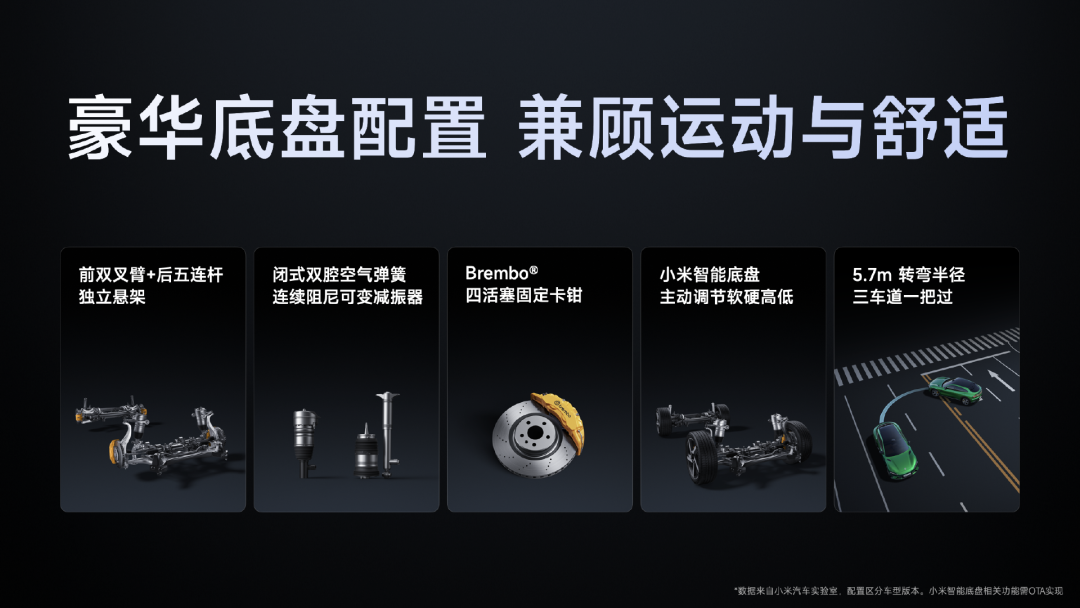
In fact, throughout the Xiaomi YU7 presentation, Lei Jun made no attempt to hide his intention of benchmarking YU7 against the Tesla Model Y.
Not only did he compare the parameters of the two vehicles one by one, but at the end, the slogan "Xiaomi YU7 vs Model Y" was even directly displayed on the large screen. He frequently stated that Xiaomi YU7 was "several levels above" Model Y and even reminded the audience after the conference that "YU7 has an overwhelming advantage over Model Y."
It is not difficult to see that the first competitor for Xiaomi YU7 after its launch will undoubtedly be Model Y. In terms of configuration, Xiaomi YU7 is a clear winner, and the ultimate suspense lies in the price.

Lei Jun said at the conference, "Model Y is priced at 263,500 yuan. I think looking at these configurations, YU7 should at least be 60,000 to 70,000 yuan more expensive. I've seen some people online say that Mr. Lei will definitely price it at 199,000 yuan. Don't think that way, it's impossible. With this configuration, it would be impossible to price it below 300,000 yuan based on Model Y's pricing."
Although he said so, it is highly likely that Thunder God will not disappoint everyone.


